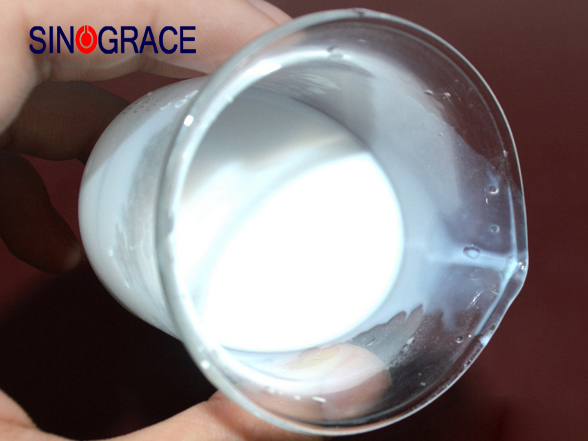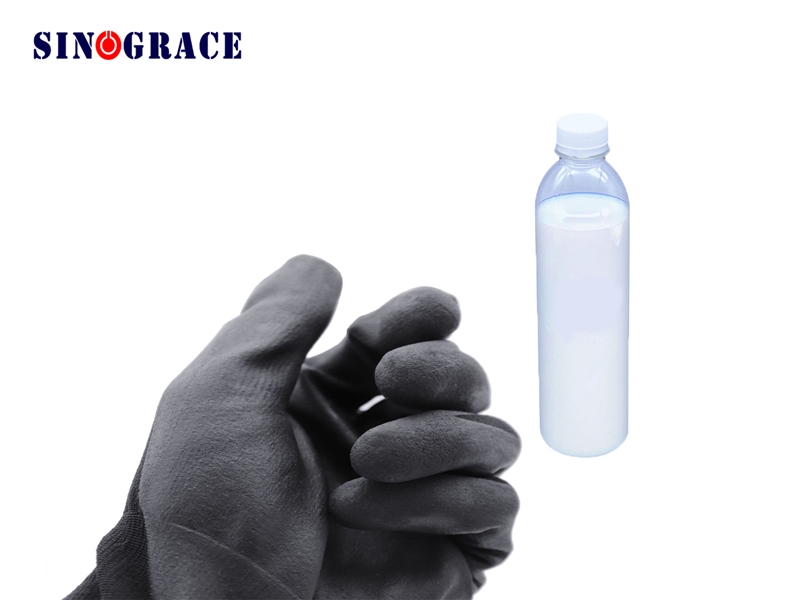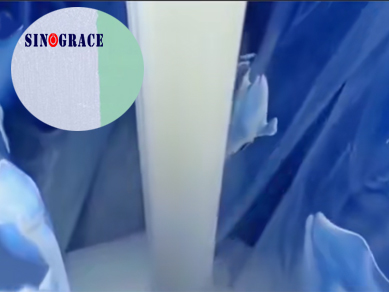Wide application of water-based ink coating
The application of water-based ink coating is very wide, mainly reflected in the following aspects: 1.Printing industry Water-based inks can be used to print a variety of paper and packaging materials, such as books, newspapers, magazines, posters, gift boxes, etc. All kinds of paper such as kraft paper, coated paper, thermal paper, Glasin paper, release paper and corrugated board can be printed with water-based ink. 2.Packaging industry Water-based inks also play an important role in the packaging industry and can be used to print various packaging materials, such as cartons, plastic bags, aluminum foil and so on. The rapid drying characteristics of water-based inks help improve production efficiency and do not produce irritating odors, making the surface of the product more beautiful and safe. 3.Spray advertising Water-based ink is also widely used in the outdoor inkjet advertising industry, it can be uniform and durable printing on various material surfaces, such as screen printing, inkjet printing, etc., with good light resistance and weather resistance, so that printed works can maintain bright colors for a long time in both indoor and outdoor environments. Sinograce Chemical production of water-based acrylic resin, polyurethane resin for printing ink,suitable for water-based surface printing ink, screen printing ink, flexo printing ink and gravure ink, good color development, excellent adhesion, with offset printing, good adhesion, resolubility and good color development characteristics, welcome to consult.
read more

 English
English français
français русский
русский español
español العربية
العربية








